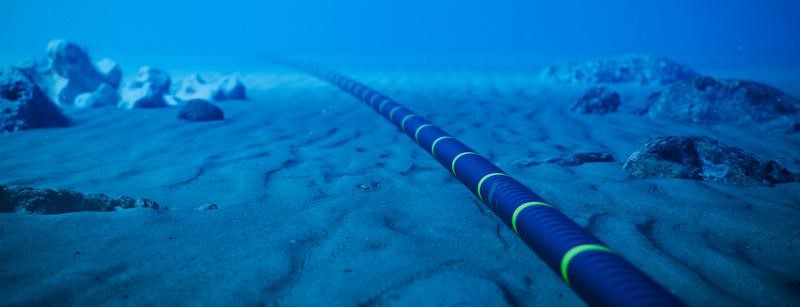Free Courses Sale ends Soon, Get It Now


Free Courses Sale ends Soon, Get It Now



Disclaimer: Copyright infringement not intended.
Context
Details
Origins of Fiber Optic Cables
Structure of Fiber Optic Cables
Types of Fiber Optic Cables
How Fiber Optic Cables Work
Advantages of Fiber Optic Cables
Applications
Maintenance and Handling
Future of Fiber Optic Cables
Conclusion
Fiber optic cables have revolutionized communication and data transmission, offering high reliability, speed, and security across various industries and applications.
|
PRACTICE QUESTION Q. How have advancements in fiber optic technology revolutionized telecommunication and various industries? Examine the significance of fiber optics in enabling high-speed data transmission and its potential for future advancements, particularly in the context of emerging quantum technologies. (250 Words) |
© 2024 iasgyan. All right reserved